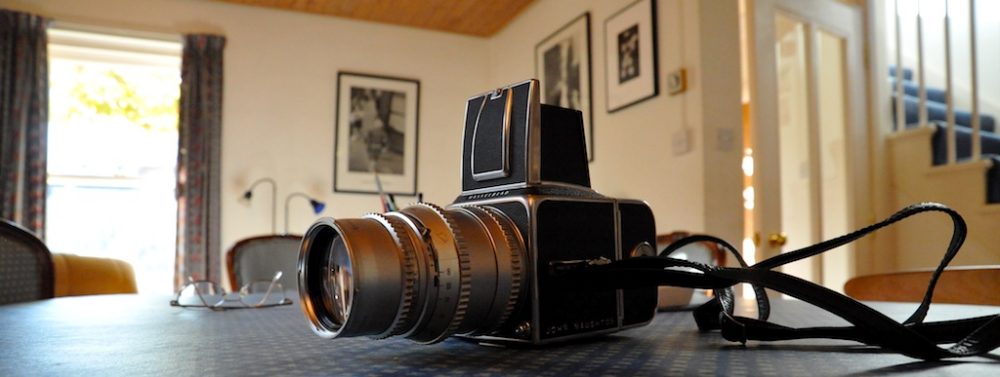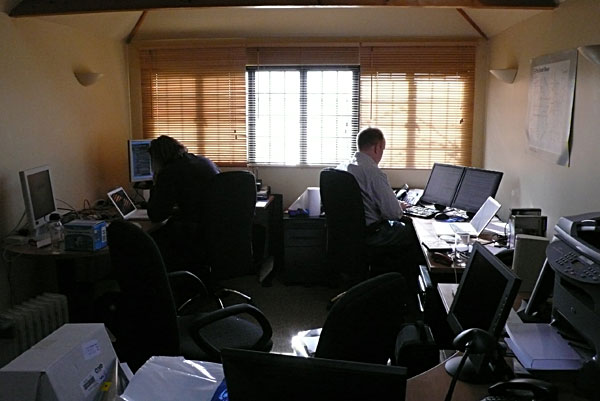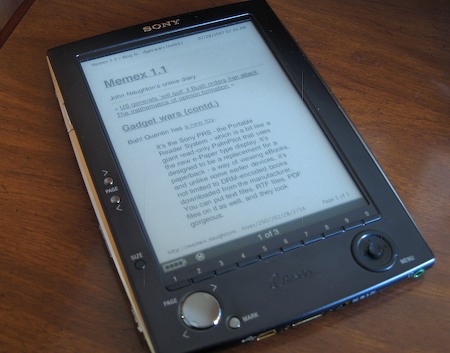From Technology Review…
Searching for information on your cell phone by typing keywords can be cumbersome. But now researchers at Microsoft have developed a software prototype called Lincoln that they hope will make Web searches easier. According to Larry Zitnick, a Microsoft researcher who works on the project, phones equipped with the software could, for example, access online movie reviews by snapping pictures of movie posters or DVD covers and get product information from pictures of advertisements in magazines or on buses.
“The main thing we want to do is connect real-world objects with the Web using pictures,” says Zitnick. “[Lincoln] is a way of finding information on the Web using images instead of keywords.”
The software works by matching pictures taken on phones with pretagged pictures in a database. It provides the best results when the pictures are of two-dimensional objects, such as magazine ads or DVD covers, Zitnick says. (See the accompanying chart to find out how compatible certain pictures are with Lincoln.) Currently, the database contains pictures of DVD covers that link to movie reviews uploaded by Microsoft researchers. However, anyone can contribute his or her pictures and links to the database, and Zitnick hopes that people will fill it with pictures and links to anything from information about graffiti art to scavenger-hunt clues. Right now, Lincoln can only be downloaded for free using Internet Explorer 6 and 7, and it can only run on smart phones equipped with Windows Mobile 5.0 and PocketPCs.


